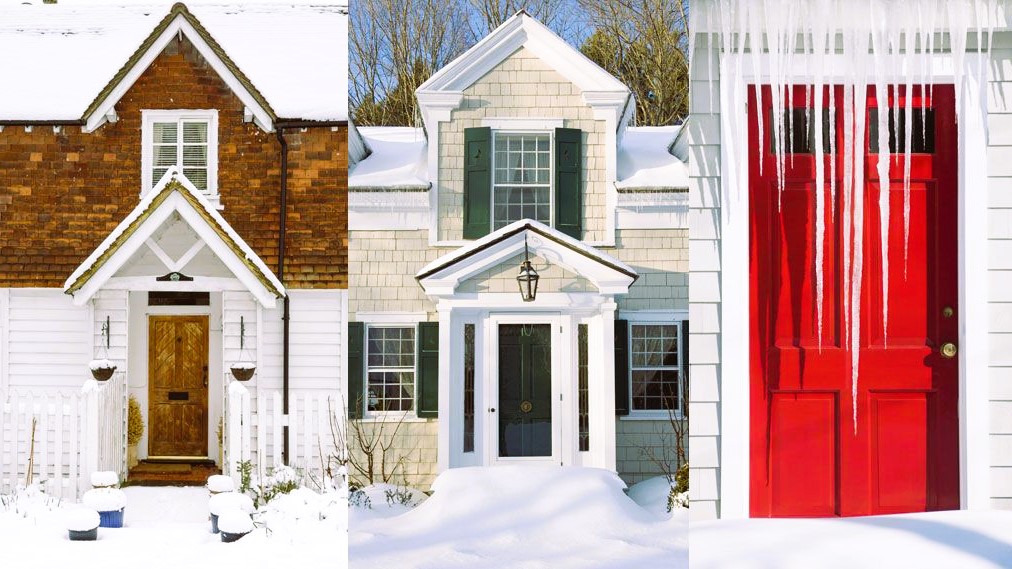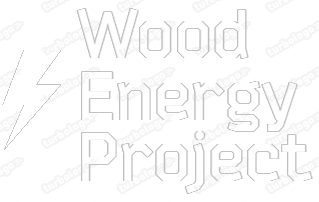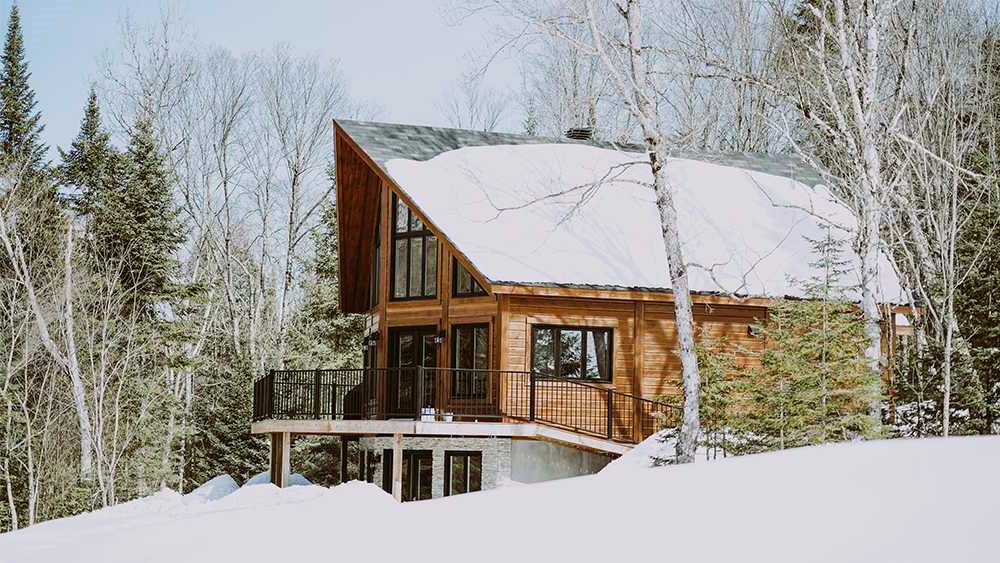As winter approaches, it’s important to prepare your home for the cold months ahead. Winterizing your home not only helps you stay warm and comfortable but also plays a significant role in reducing energy consumption and lowering utility bills. In this article, we will discuss essential steps for winterizing your home to achieve optimal energy savings.
- Seal Air Leaks
Air leaks are a common culprit of heat loss during the winter. They allow cold air to enter your home and warm air to escape, making your heating system work harder to maintain a comfortable temperature. Inspect windows, doors, and other potential areas for air leaks. Use weatherstripping, caulking, or insulation to seal any gaps and cracks. This simple step can make a noticeable difference in energy savings and improve the overall efficiency of your home.
- Insulate Your Home
Proper insulation is key to keeping your home warm and reducing heat loss. Insulate your walls, attic, and basement to prevent cold air infiltration and retain heat. Consider adding insulation to areas that are commonly overlooked, such as crawl spaces and garage walls. Insulation helps create a thermal barrier, ensuring that your heating system can operate efficiently and effectively.
- Maintain Your Heating System
Regular maintenance of your heating system is essential for optimal performance and energy savings. Schedule a professional inspection and cleaning before the winter season to ensure that your furnace or heat pump is in good working condition. Clean or replace air filters regularly to allow for proper airflow and maximize energy efficiency. A well-maintained heating system operates more efficiently, resulting in lower energy consumption and reduced heating costs. Save money on heating your home, read more here.
- Use a Programmable Thermostat
A programmable thermostat allows you to set different temperature levels for various times of the day, ensuring that you only heat your home when needed. Lower the temperature when you’re away or asleep and raise it before you return or wake up. This simple adjustment can lead to significant energy savings without sacrificing comfort. Consider upgrading to a smart thermostat that can be controlled remotely for even greater convenience and efficiency.
- Utilize Natural Sunlight
Take advantage of natural sunlight during the winter months to help heat your home. Keep curtains and blinds open during the day to allow sunlight to enter and warm up your living spaces. Make sure to close them at night to minimize heat loss. This natural heating method is not only cost-effective but also environmentally friendly.
- Upgrade Your Windows
Windows play a crucial role in heat retention and energy efficiency. If your windows are old or poorly insulated, consider upgrading to energy-efficient windows. Look for windows with multiple panes, low-emissivity (Low-E) coatings, and gas fills between the panes for enhanced insulation. These windows can significantly reduce heat loss and improve comfort while also reducing your heating costs.

- Insulate Pipes and Water Heater
Protecting your pipes and water heater from freezing temperatures can help prevent costly damage and conserve energy. Insulate exposed pipes with foam pipe insulation to keep them warm. Consider insulating your water heater with an insulating blanket to minimize heat loss. By insulating these components, you can ensure that hot water is readily available while reducing energy wastage.
- Seal Chimneys and Fireplaces
Chimneys and fireplaces can be a significant source of heat loss if not properly sealed. Make sure your fireplace damper closes tightly when not in use. Consider using a chimney balloon or flue sealer to block drafts and prevent warm air from escaping. This step will help keep cold air out and warm air in, improving energy efficiency throughout your home.
- Use Energy-Efficient Lighting
Replace traditional incandescent light bulbs with energy-efficient LED bulbs. LED bulbs consume significantly less energy and emit less heat, making them an ideal choice for winter lighting. They also last longer, reducing the need for frequent bulb replacements. By making this simple switch, you can save on electricity costs and reduce your overall energy consumption.
- Practice Energy-Saving Habits
Lastly, adopting energy-saving habits can further enhance your winter energy savings. Turn off lights and appliances when not in use, and unplug electronic devices that are not being used to avoid phantom energy consumption. Dress warmly and use blankets or extra layers to stay cozy instead of relying solely on heating. These small changes in daily habits can add up to significant energy savings over time.
Conclusion
Winterizing your home is a proactive approach to save energy and reduce heating costs during the cold winter months. By sealing air leaks, improving insulation, maintaining your heating system, utilizing programmable thermostats, maximizing natural sunlight, upgrading windows, insulating pipes and water heaters, sealing chimneys and fireplaces, using energy-efficient lighting, and practicing energy-saving habits, you can create a more energy-efficient and comfortable living environment. Take the necessary steps to winterize your home, and enjoy the benefits of lower energy bills, increased comfort, and reduced environmental impact

